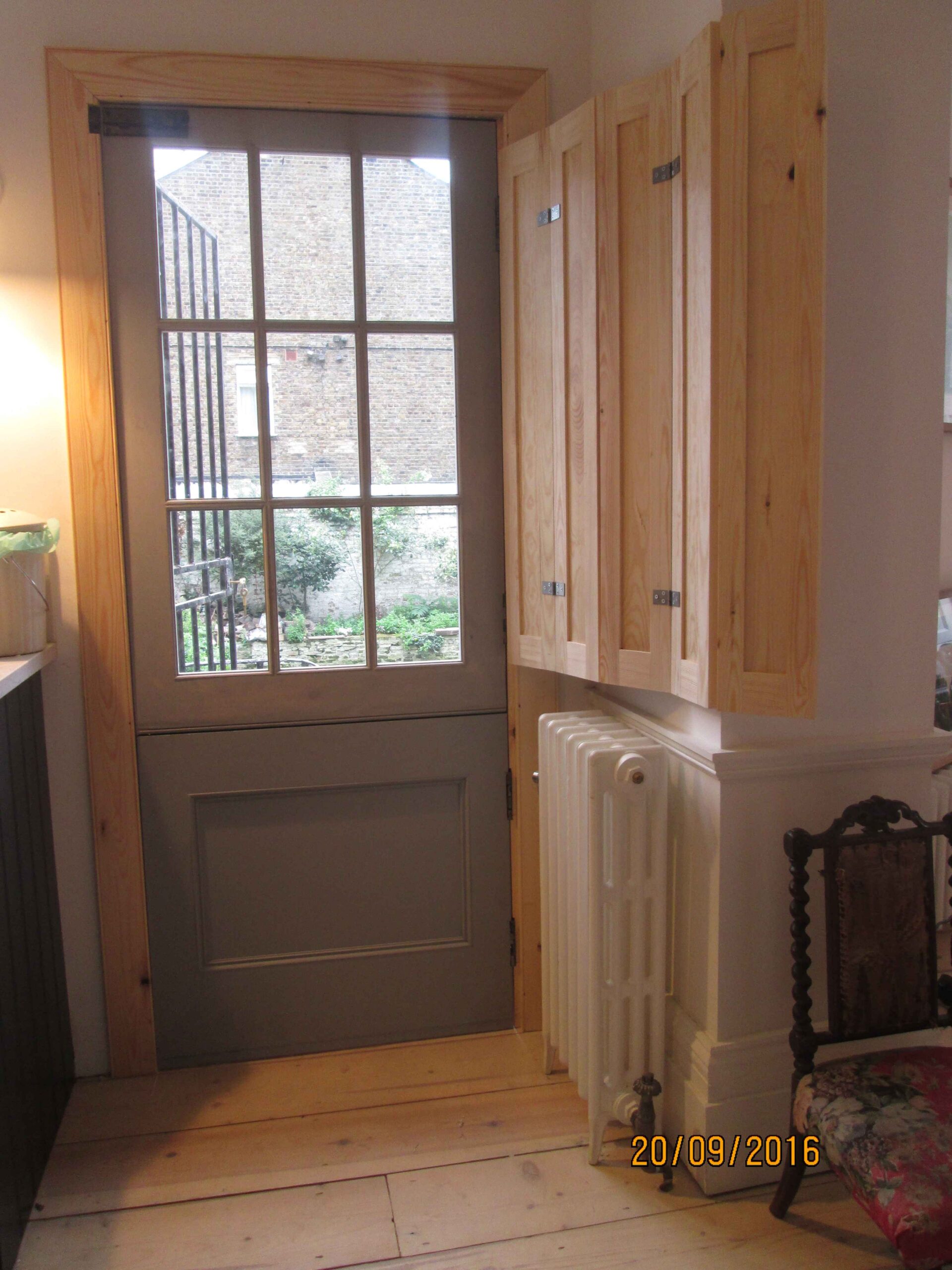
Victorian windows and doors were crafted to complement a variety of architectural styles from the mid to late 19th century, during the reign of Queen Victoria (1837-1901). This era spanned an impressive 64 years, coinciding with the peak of the British Empire, significant advancements in manufacturing, and sweeping societal changes. As a result, a diverse array of Victorian window and door designs emerged.
While classic Georgian elements remained, Victorian design drew inspiration from the Italian Renaissance and Gothic Revival, both of which evolved from a fascination with the symmetry of Palladian architecture. Meanwhile, new manufacturing techniques enabled the incorporation of iron and glass into building construction for the first time.
Early Victorian properties often boasted more elaborate and intricate design features, such as bay windows, porches, and lavish interior décor. As the era progressed, the Queen Anne style and the Arts and Crafts movement gained influence, leading to simpler designs that became a hallmark of Edwardian homes.
Victorian architecture, while varied, is known for its distinctive exterior features, including ornate stonework, terracotta tiles, bay sash windows, dormer windows, roof gables (often adorned with wooden trim), towers, and wrap-around porches. Wealthy Victorian homes were typically large and imposing, often spanning two or three stories to reflect the social status of their occupants and provide ample space for both large families and domestic servants.
Interiors were equally exuberant, with walls covered in floral wallpaper or rich, dark paint colors like crimson or green, often paired with heavy fabric curtains. The focal point of a middle- or upper-class sitting room was typically a grand mantelpiece, adorned with ornaments collected from across the vast British Empire.
Bay Box Sash Windows are perhaps the most iconic feature of a Victorian home. Offering improved ventilation and an abundance of natural light, sash windows became the go-to choice for Victorian buildings, thanks in part to advances in glass production that made them more affordable.
Sash windows of the Victorian era reflected the ornate and elaborate aesthetic of the period, often grouped into grand bays and accentuated by decorative stone reveals. The development of stronger plate glass in the 1830s allowed for larger panes, enhancing views and reducing the need for thick glazing bars. However, the increased weight of the glass led to the introduction of sash horns—extensions of the stiles that reinforced the frame’s joints.
By the late 19th century, the Queen Anne revival brought a renewed interest in windows with smaller panes, particularly in the upper sash, while the lower sash typically featured a single pane. Side-hung wooden casements remained common in terraced houses, rural buildings, and larger Queen Anne revival and Arts and Crafts homes.
In Victorian homes, front doors played a pivotal role in conveying the wealth and status of their occupants. With the British Empire at its zenith and the social class system in full swing, it was essential to make the right impression on visitors and passers-by.
Victorian external doors were typically paneled, and the level of decoration varied with the grandeur of the home. More elaborate doors featured intricate carvings and were often set within a door frame with an impressive architrave, which was sometimes painted or grained to appear more expensive. The four-panel design was particularly popular and could be found in homes of all types. These doors often incorporated frosted or stained glass, and larger homes frequently featured porches or overhead covers.
The invention of larger glass panes in the late 1830s allowed glass to be used in front doors for the first time. Initially, only the two upper panels were glazed, but by the 1880s, the entire top half of the door might feature leaded panes or patterned stained glass. The Gothic Revival and Arts and Crafts movements fueled a resurgence in stained glass, often featuring designs by William Morris, with panels showcasing elegant patterns and medieval-inspired motifs. The decorative curves of Art Nouveau became popular toward the end of the century and were well-suited to stained glass. Fanlights above the door, which allowed additional light into the hallway, were also a common feature.
Victorian internal doors typically followed a four-panel construction, with the upper panels making up two-thirds of the door’s height. These doors often featured flat panels (rather than raised and fielded panels) and were usually fitted with knob-style door handles. While the four-panel design remained popular, later in the period, five- and six-panel doors became fashionable, a trend that continued into the Edwardian era.
Victorian doors were characterized by deep bottom and mid rails, with loosely fitted panels set into grooves within the door’s stiles and rails. Beading was added around the edges of the panels to create the impression of depth. Internal doors were typically made from pine and either waxed for a rustic appearance or painted in neutral tones. Doors leading to principal rooms were often given greater detailing to highlight their importance.
Advances in glass production during the Victorian era made it possible for interiors to be fitted with glazed doors. Half-glazed doors became popular in hallways, kitchens, and bathrooms, featuring two or nine panes of decorative etched glass. Originating in the 1840s, this style of door remained fashionable throughout the Edwardian period.
Specialising in restoration of fine details. We also are happy to complete work in a contemporary style, also beautifully made, every detail period perfect.
Specialising in restoration of fine details. We also are happy to complete work in a contemporary style, also beautifully made, every detail period perfect.